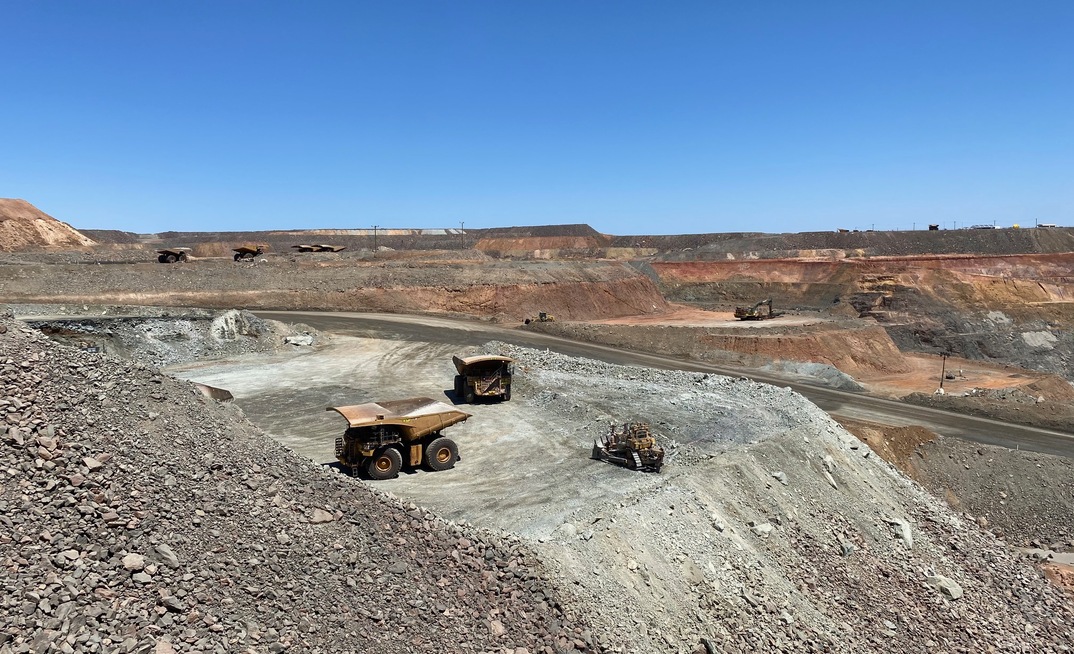But the region continues to lag far behind global low-risk leaders, Canada and the US.
The report showed Australia/Oceania's average Investment Risk Index (IRI) score, the main measure of overall risk, was unchanged from 2022 at 62, equivalent to a BB rating (lower moderate risk).
The score compares to a global average of about 59, or a B rating (upper moderate risk), the lowest score since the inaugural World Risk Report in 2017. This year's adjusted global average IRI (which excludes jurisdictions added to or removed from the rating tables in 2023) showed a fall of 2.1 points (lower scores mean higher risk).
The World Risk Report 2023 provides a comprehensive evaluation of mining investment risk, with 80% of IRI scores based on 11 ‘Hard Risk' metrics, from established risk-related data. The remaining 20% is based on ‘Perceived Risk,' calculated from the World Risk Survey 2023, in which more than 600 mining professionals rated jurisdictions they are familiar with.
Risk is assessed across five categories - Legal, Governance, Social, Fiscal, and Infrastructure. This year, 121 jurisdictions were assessed, up from 109 in 2022.
Global ranking
Australia-Oceania remained the third lowest risk region globally, but its average IRI of 62 was far behind leaders Canada and the US, both of which averaged 73, or A ratings (low risk). One of the reasons for the region's lower score is its significantly weaker performance in the Legal category.
The Legal category - which is the highest-weighted category, accounting for 40% of the IRI - is based on Regulatory Risk Ratings from MJI's partner MineHutte, which measure risks inherent in legislative frameworks, plus survey responses.
Average Legal scores in Australia/Oceania were unchanged in 2023 at 49 - equivalent to a CC or high-risk rating - compared to the US score of 71 and Canada's 69.
This gulf between regions in part reflects poor Legal scores from non-Australian jurisdictions, Solomon Islands and Papua New Guinea, of 25 and 38, respectively. But Australian states and territories also lagged behind their North American rivals, with Legal scores ranging from 50 (Queensland) to 63 (Western Australia).
"Generally speaking, Australian mineral legislation contains relatively high levels of government discretion when compared with mineral laws in Canada and the US," MineHutte COO and research director Emma Beatty said in the report.
Top and bottom risk
On overall risk, Western Australia and Tasmania were the region's best performers, with scores of 71 and 70, or A ratings. Solomon Islands was the highest-risk jurisdiction in the region, at 43 (C, or very high risk).
Globally, Wyoming and South Dakota were the lowest-risk jurisdictions, both on 79 (AA). The Democratic Republic of the Congo (DRC) remained the highest-risk jurisdiction despite a four-point improvement to 34 (D rating), a score matched by Venezuela, a new entry to the rankings.
The World Risk Report 2023 featuring MineHutte Ratings is available for purchase as an e-reader report here and can be accessed for free by premium subscribers from the same page.
Key findings of the report will be discussed in a free webinar, World Risk Report 2023: Troubling times for mining?, on November 29 at 3pm UK time. To register click here.

























